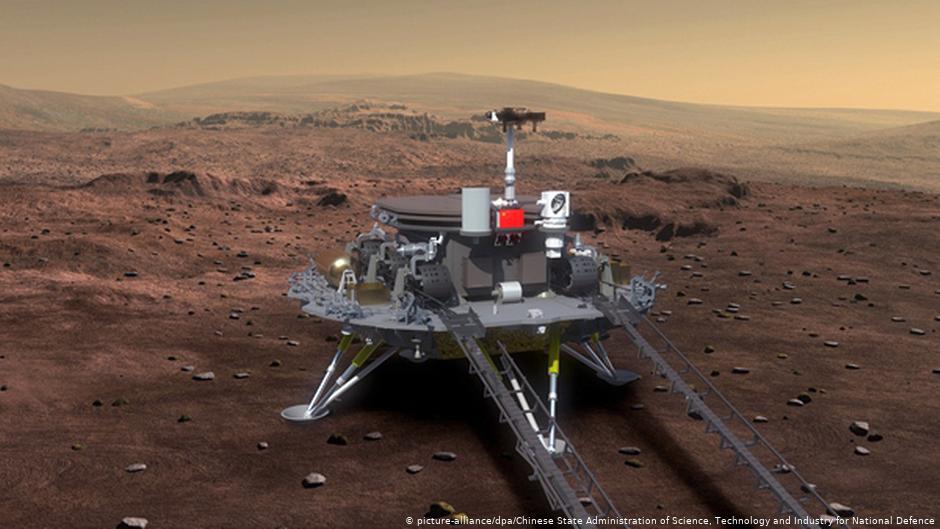Tianwen-1 in orbit for more than a month
At present, the Tianwen-1 probe developed by China Aerospace Science and Technology Corporation has been in orbit for more than a month. The period of the parked orbit is two Martian days (49.2 hours).
Only a small amount of orbit maintenance is required during the mooring orbit operation to ensure that the probe can conduct a detailed inspection of the scheduled landing area every two Martian days.
Purpose of operating on the parking orbit
The main purpose of operating on the parking orbit is to prepare for landing. During the parking orbit operation, when the detector passes over the scheduled landing area, it will use medium-resolution cameras, high-resolution cameras, spectrometers and other load equipment to conduct detailed inspections of the scheduled landing areas, mainly detecting the topography, geology, and The topography and whether there are environmental conditions such as sandstorms, etc., make preparations for the safe landing of the landing patrol. The detailed investigation requires the probe to fly as much as possible over the intended landing zone.
After the Tianwen-1 rover arrived on Mars, it carried out a series of complex orbit changes. On February 10, 2021, the probe carried out capture and braking when it first reached the near-fire point, and successfully realized Mars orbit, entering a large elliptical orbit with a period of 10 days; on February 15, the probe reached the far-fire point for the first time The orbit change was carried out at the point of ignition, and the orbital plane and the height of the near-fire point were adjusted.
The orbit of the circular fire became a polar orbit passing through the north and south poles of Mars. It is a four-day phase modulation orbit, so that it can pass just over the scheduled landing zone when it reaches the near-fire point again in one revolution.
Although the probe was already above the scheduled landing zone when it reached the near-fire point for the third time, due to the rotation of Mars, it would be difficult for the probe to fly through the scheduled landing zone again for a long time without an orbit adjustment. Therefore, it is necessary to perform another near-fire braking and enter the parking track so that the detector can fly over the scheduled landing zone every time it returns to the vicinity of the near-fire point.
On February 24, when the Tianwen 1 Mars Rover ran to the near-fire point for the third time, it successfully implemented the third near-fire brake and successfully entered the parking orbit. The probe has been on the berthing track for approximately 2.5 months.
These four orbit changes are interlocked and closely related to each other. Each time, they must be precisely controlled to ensure that the detector enters the parking orbit smoothly. Taking into account other factors, the period of this berthing orbit is selected as two Martian days (49.2 hours). During the operation, only a small amount of orbit maintenance is required to ensure that the probe can carry out the scheduled landing area once every two Martian days.



Leave a Reply